Publisher: Amy Marson Creative Director: Gailen Runge Art Director: Kristy Zacharias Editor: Lynn Koolish Technical Editors: Helen Frost and Debbie Rodgers Cover Designers: Christina Jarumay Fox and April Mostek Book Designer: April Mostek Production Coordinator: Jenny Davis Production Editor: Joanna Burgarino Illustrators: Zinnia Heinzmann and Freesia Pearson Blizard Photo Assistant: Mary Peyton Peppo Style photography by Nissa Brehmer and instructional photography by Diane Pedersen, unless otherwise noted Published by C&T Publishing, Inc., P.O. Box 1456, Lafayette, CA 94549 AcknowledgmentsI am so blessed to be part of the C&T family. Thanks to all of you for your continued support and dedication to publishing the best books possible.Special thanks to:Lynn Koolishmy favorite editor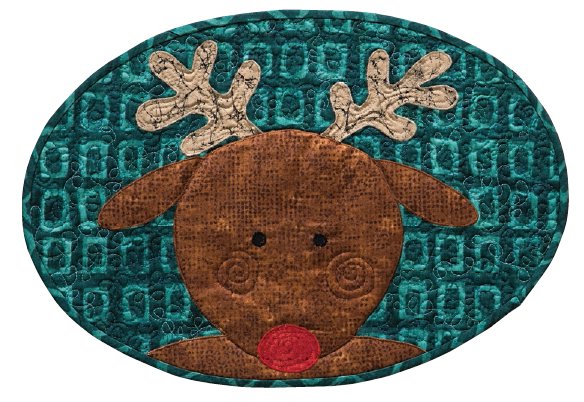 Helen Frostthe best technical editor
Helen Frostthe best technical editor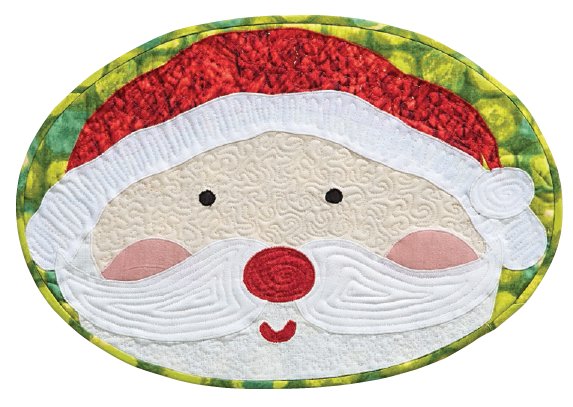 Diane Minkleymy very own longarm quilter
Diane Minkleymy very own longarm quilter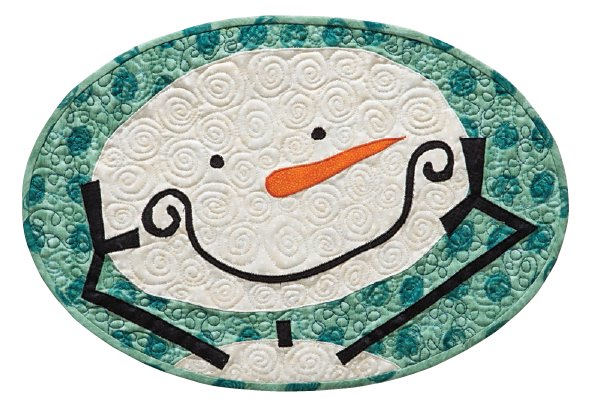 Introduction
Introduction  Christmas is a special time of year, filled with warm memories, honored traditions, and cherished time spent with family and friends. So many of my fondest memories are centered around the holiday season. A tradition that continues to bring me joy is that of making handmade projects for the holidays.This book contains a variety of projects, including tree skirts, pillows, banners, wall quilts, table toppers, runners, place mats, coasters, gift tags, and moreall perfect for decorating your home or to give as gifts. There are projects suitable for beginners and more experienced sewists alike.I hope this collection of projects will inspire you to create some holiday magic of your own.Enjoy the season!Kim General Instructions Rotary Cutting I recommend that you cut all the fabrics used in the pieced blocks, borders, and bindings with a rotary cutter, an acrylic ruler, and a cutting mat.
Christmas is a special time of year, filled with warm memories, honored traditions, and cherished time spent with family and friends. So many of my fondest memories are centered around the holiday season. A tradition that continues to bring me joy is that of making handmade projects for the holidays.This book contains a variety of projects, including tree skirts, pillows, banners, wall quilts, table toppers, runners, place mats, coasters, gift tags, and moreall perfect for decorating your home or to give as gifts. There are projects suitable for beginners and more experienced sewists alike.I hope this collection of projects will inspire you to create some holiday magic of your own.Enjoy the season!Kim General Instructions Rotary Cutting I recommend that you cut all the fabrics used in the pieced blocks, borders, and bindings with a rotary cutter, an acrylic ruler, and a cutting mat.
Trim the blocks and borders with these tools as well. Piecing All piecing measurements include seam allowances. If you sew an accurate seam, you will succeed! My biggest and best quiltmaking tip is to learn to sew an accurate seam. Pressing Press seams to one side, preferably toward the darker fabric. Press flat and avoid sliding the iron over the pieces, which can distort and stretch them. When you join two seamed sections, press the seams in opposite directions so you can nest the seams and reduce bulk.
Appliqu All appliqu instructions are for paper-backed fusible web with machine appliqu, and all the patterns have been drawn in reverse. If you prefer a different appliqu method, you will need to trace a mirror image of the pattern and add seam allowances to the appliqu pieces. A lightweight paper-backed fusible web works best for machine appliqu. Choose your favorite fusible web and follow the manufacturers directions. General Appliqu Instructions Trace all parts of the appliqu design on the paper side of the fusible web. Trace each layer of the design separately.
Whenever two shapes in the design butt together, overlap them by about to help prevent a gap between them. When tracing the shapes, extend the underlapped edge beyond the drawn edge in the pattern. Write the pattern letter or number on each traced shape. Cut around the appliqu shapes, leaving a margin around each piece. Iron each fusible web shape to the wrong side of the appropriate fabric, following the manufacturers instructions for fusing. (I dont worry about the grainline when placing the pieces.) Cut on the traced lines and peel off the paper backing.
A thin layer of fusible web will remain on the wrong side of the fabric. This layer will adhere the appliqu pieces to the backgrounds. Position the pieces on the backgrounds. The pieces are numbered in appliqu order. Press to fuse them in place. Machine stitch around the appliqu pieces using a zigzag, satin, or blanket stitch.
Stitch any detail lines indicated on the patterns. My choice is the satin stitch. I generally use matching threads for all the stitching. As always, the type of stitching you use and the thread color you select are personal choices.  Putting It All Together When all the pieces are completed for a wall quilt, lap quilt, or table runner, arrange them on the floor or, if you are lucky enough to have one, a design wall. Arrange and rearrange the pieces until you are happy with the overall look.
Putting It All Together When all the pieces are completed for a wall quilt, lap quilt, or table runner, arrange them on the floor or, if you are lucky enough to have one, a design wall. Arrange and rearrange the pieces until you are happy with the overall look.
Each project has specific directions, as well as diagrams and photos, for assembly. Layering the Quilt Cut the batting and backing pieces 45 larger than the quilt top. Place the pressed backing on the bottom, right side down. Place the batting over the backing and the quilt top on top, right side up. Make sure all the layers are flat and smooth and the quilt top is centered over the batting and backing. Note: If you are going to have your top quilted by a longarm quilter, contact your quilter for specific batting and backing requirements, as they may differ from the instructions above. Note: If you are going to have your top quilted by a longarm quilter, contact your quilter for specific batting and backing requirements, as they may differ from the instructions above.
The pillow fronts and backs are quilted to the batting only. When finishing the tree skirts, leave the backing whole until the piece is quilted. Then trim the center and cut the opening at the rear of the skirt. Quilting Quilting is a personal choice; you may prefer hand or machine quilting. My favorite method is to send the quilt top to a longarm quilter. This method keeps my number of unfinished tops low and the number of finished quilts high.
Color and Fabric Choices I used 100% cotton fabrics in the projects in this book. These fabrics are easy to work with and are readily available at your local quilt shop. I have a very relaxed approach to color and fabric choices, and although I have been trained in color theory, I feel most of my choices are intuitive. I use a design wall and usually play with the fabrics before I sew them. I have found that, in general, the more fabrics I use in a quilt, the more I like it. If you are new to quilting or are feeling unsure of your color choices, that is something you, too, can try.
Thankfully everyone has different tastes and preferences when it comes to color. In the end, it is your quilt and your choice. Whats most important is that it is visually pleasing to you. Yardage and Fabric Requirements I have given yardage and fabric requirements for each project, with many projects calling for a total amount of assorted fabrics that can be used as a base for your project. The yardage amounts may vary depending on the number of fabrics used and the number of pieces you cut from each fabric. Always cut the pieces for the patchwork first, then cut any appliqu pieces.
The amounts given for binding allow for 2-wide strips cut on the straight of grain. I usually use the same fabric for backing and binding, as this is a good way to use leftover fabric. Cut the binding strips either on the crosswise or lengthwise grain of the leftover fabricwhichever will yield the longest strips. I used bias binding for the oval place mats (. 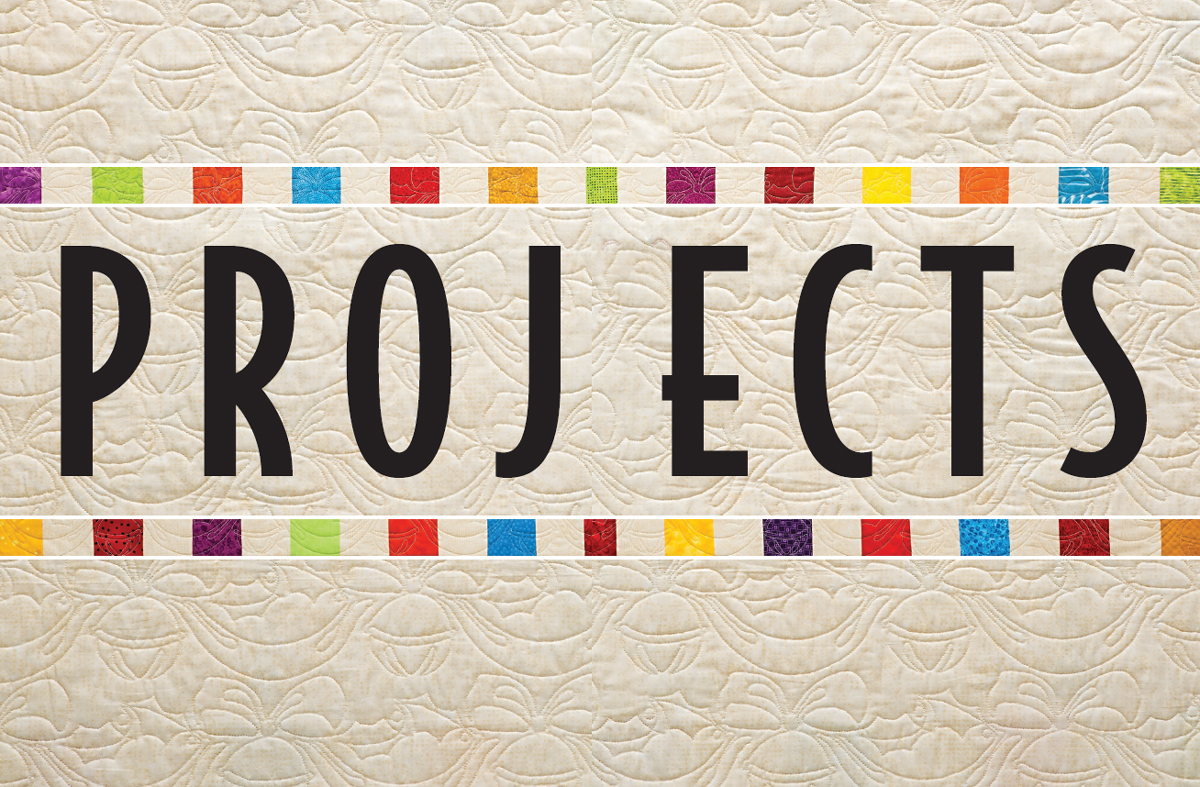
Next page
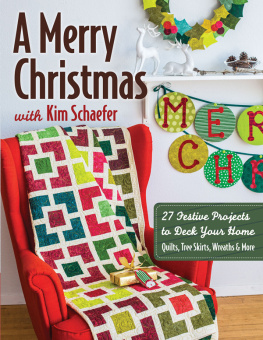
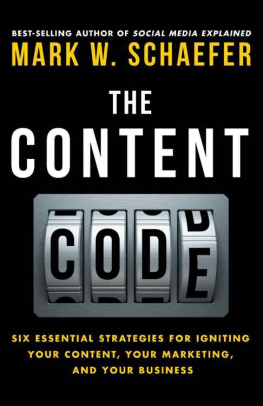
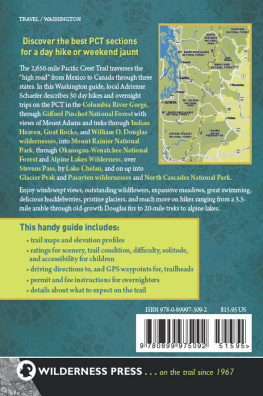
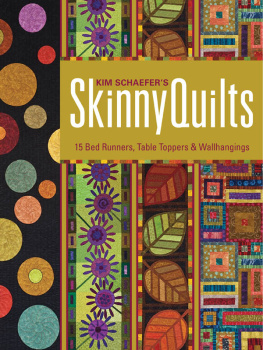

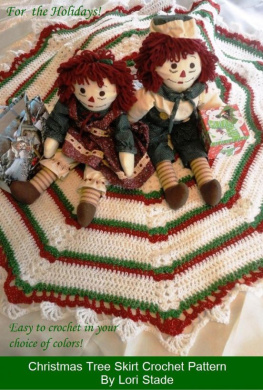

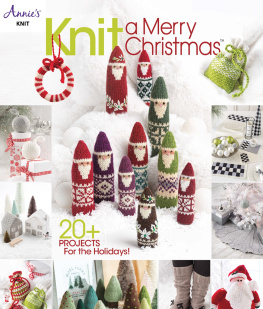
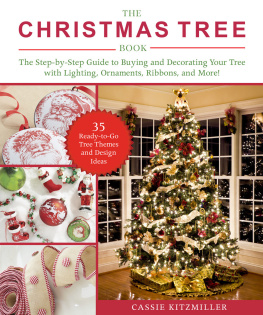
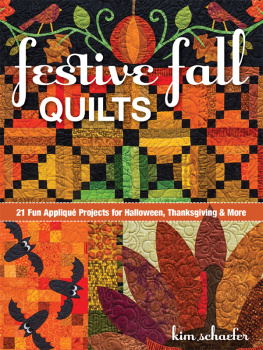


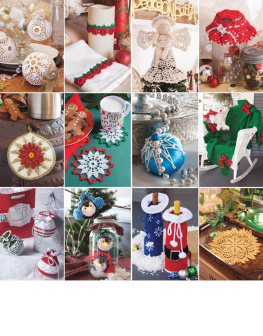
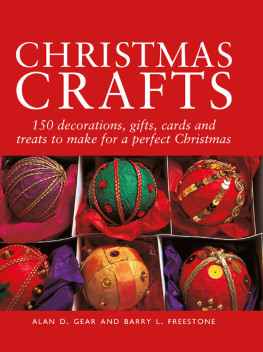
 Helen Frostthe best technical editor
Helen Frostthe best technical editor Diane Minkleymy very own longarm quilter
Diane Minkleymy very own longarm quilter Introduction
Introduction  Christmas is a special time of year, filled with warm memories, honored traditions, and cherished time spent with family and friends. So many of my fondest memories are centered around the holiday season. A tradition that continues to bring me joy is that of making handmade projects for the holidays.This book contains a variety of projects, including tree skirts, pillows, banners, wall quilts, table toppers, runners, place mats, coasters, gift tags, and moreall perfect for decorating your home or to give as gifts. There are projects suitable for beginners and more experienced sewists alike.I hope this collection of projects will inspire you to create some holiday magic of your own.Enjoy the season!Kim General Instructions Rotary Cutting I recommend that you cut all the fabrics used in the pieced blocks, borders, and bindings with a rotary cutter, an acrylic ruler, and a cutting mat.
Christmas is a special time of year, filled with warm memories, honored traditions, and cherished time spent with family and friends. So many of my fondest memories are centered around the holiday season. A tradition that continues to bring me joy is that of making handmade projects for the holidays.This book contains a variety of projects, including tree skirts, pillows, banners, wall quilts, table toppers, runners, place mats, coasters, gift tags, and moreall perfect for decorating your home or to give as gifts. There are projects suitable for beginners and more experienced sewists alike.I hope this collection of projects will inspire you to create some holiday magic of your own.Enjoy the season!Kim General Instructions Rotary Cutting I recommend that you cut all the fabrics used in the pieced blocks, borders, and bindings with a rotary cutter, an acrylic ruler, and a cutting mat. Putting It All Together When all the pieces are completed for a wall quilt, lap quilt, or table runner, arrange them on the floor or, if you are lucky enough to have one, a design wall. Arrange and rearrange the pieces until you are happy with the overall look.
Putting It All Together When all the pieces are completed for a wall quilt, lap quilt, or table runner, arrange them on the floor or, if you are lucky enough to have one, a design wall. Arrange and rearrange the pieces until you are happy with the overall look.